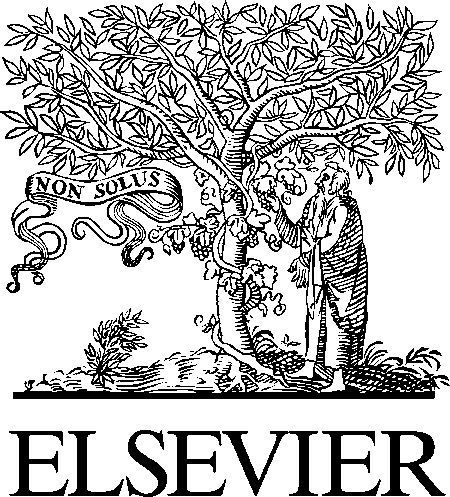Lutte contre le palu
Fiche stratégique Paludisme 2009 – 2011 Avec le VIH/sida et la tuberculose, le paludisme est l’un des principaux problèmes de santé publique menaçant le développement des pays les plus pauvres. Paludisme et pauvreté sont liés et les populations rurales sont particulièrement touchées. De plus, la co-infection VIH-paludisme, deux maladies dépendantes de l’immunité cellula

 An antibacterial hydroxy fusidic acid analogue from
Liam Evans a, John N. Hedger b, David Brayford b, Michael Stavri c, Eileen Smith c,
Gemma O’Donnell c, Alexander I. Gray d, Gareth W. Griffith e, Simon Gibbons c,*
a Hypha Discovery Ltd., School of Biosciences, University of Westminster, 115 New Cavendish Street, London W1W 6UW, UK
b School of Biosciences, University of Westminster, 115 New Cavendish Street, London W1W 6UW, UK
c Centre for Pharmacognosy and Phytotherapy, The School of Pharmacy, University of London, 29-39 Brunswick Square, London WC1N 1AX, UK
d Department of Pharmaceutical Sciences, University of Strathclyde, 27 Taylor Street, Glasgow G4 0NR, UK
e Institute of Biological Sciences, University of Wales, Aberystwyth, Penglais, Aberystwyth SY23 3DD, UK
Received 3 May 2006; received in revised form 19 June 2006
A fusidane triterpene, 16-deacetoxy-7-b-hydroxy-fusidic acid (1), was isolated from a fermentation of the mitosporic fungus Acremo-
nium crotocinigenum. Full unambiguous assignment of all 1H and 13C data of 1 was carried out by extensive one- and two-dimensionalNMR studies employing HMQC and HMBC spectra.
An antibacterial hydroxy fusidic acid analogue from
Liam Evans a, John N. Hedger b, David Brayford b, Michael Stavri c, Eileen Smith c,
Gemma O’Donnell c, Alexander I. Gray d, Gareth W. Griffith e, Simon Gibbons c,*
a Hypha Discovery Ltd., School of Biosciences, University of Westminster, 115 New Cavendish Street, London W1W 6UW, UK
b School of Biosciences, University of Westminster, 115 New Cavendish Street, London W1W 6UW, UK
c Centre for Pharmacognosy and Phytotherapy, The School of Pharmacy, University of London, 29-39 Brunswick Square, London WC1N 1AX, UK
d Department of Pharmaceutical Sciences, University of Strathclyde, 27 Taylor Street, Glasgow G4 0NR, UK
e Institute of Biological Sciences, University of Wales, Aberystwyth, Penglais, Aberystwyth SY23 3DD, UK
Received 3 May 2006; received in revised form 19 June 2006
A fusidane triterpene, 16-deacetoxy-7-b-hydroxy-fusidic acid (1), was isolated from a fermentation of the mitosporic fungus Acremo-
nium crotocinigenum. Full unambiguous assignment of all 1H and 13C data of 1 was carried out by extensive one- and two-dimensionalNMR studies employing HMQC and HMBC spectra.